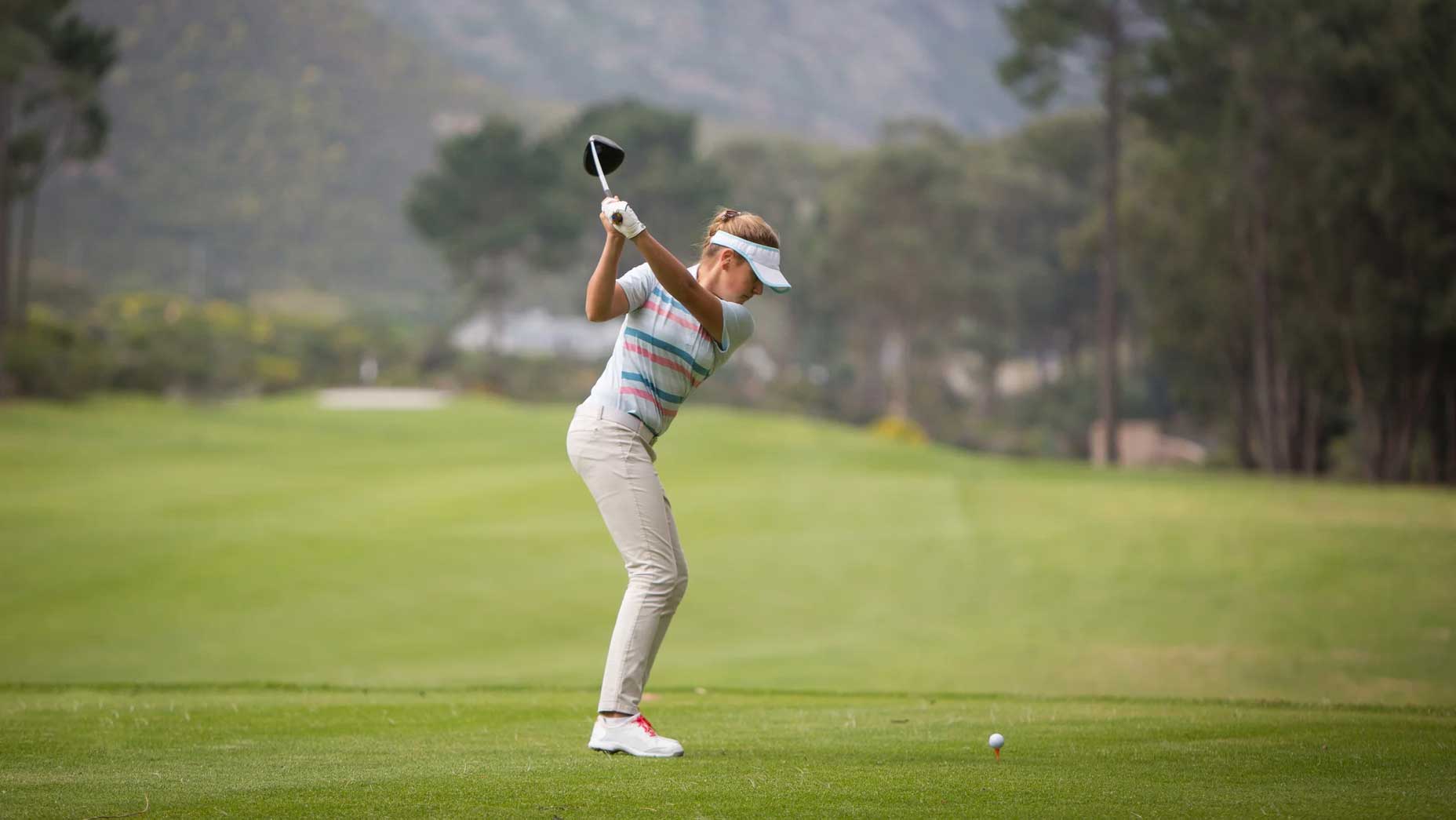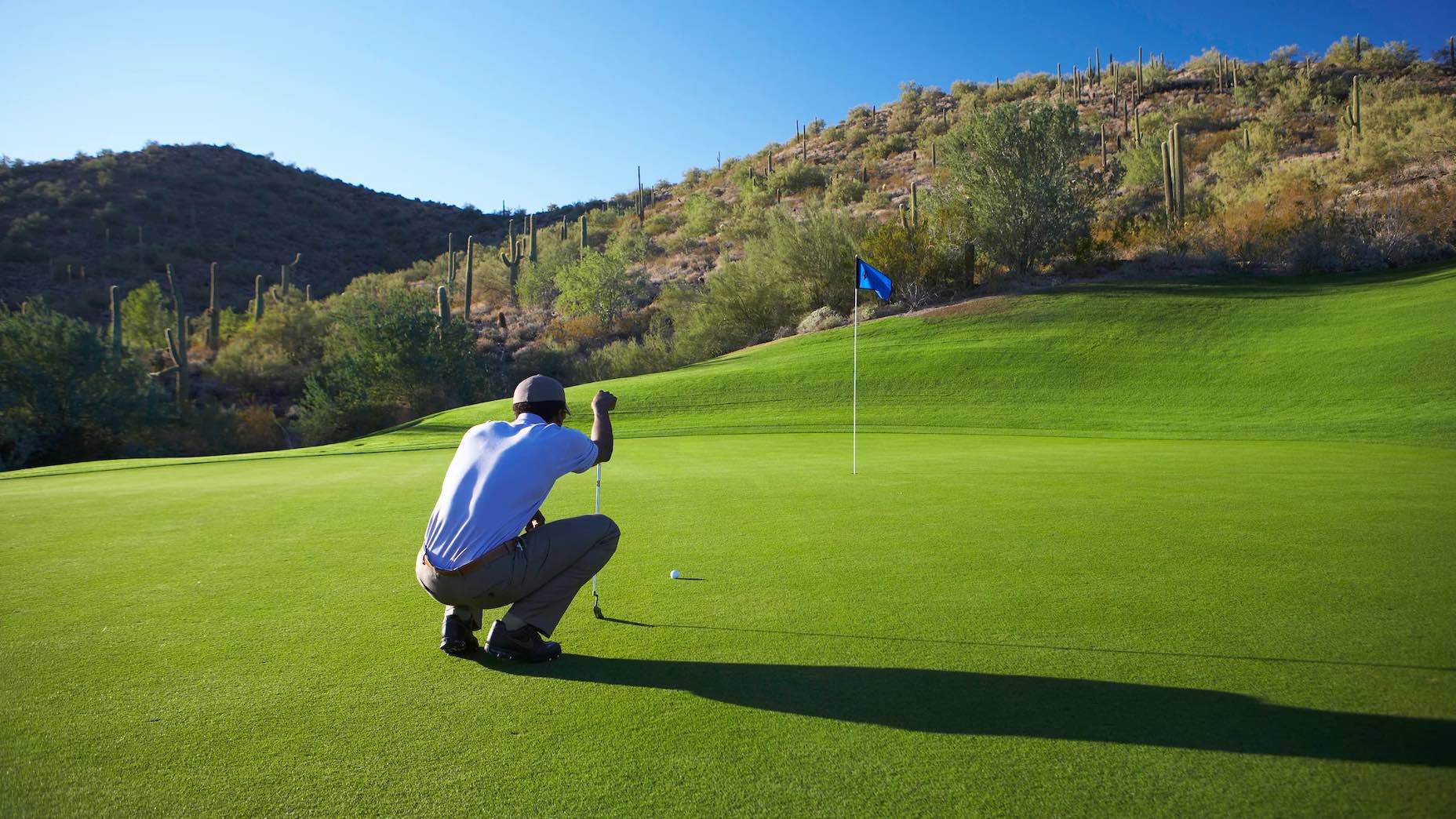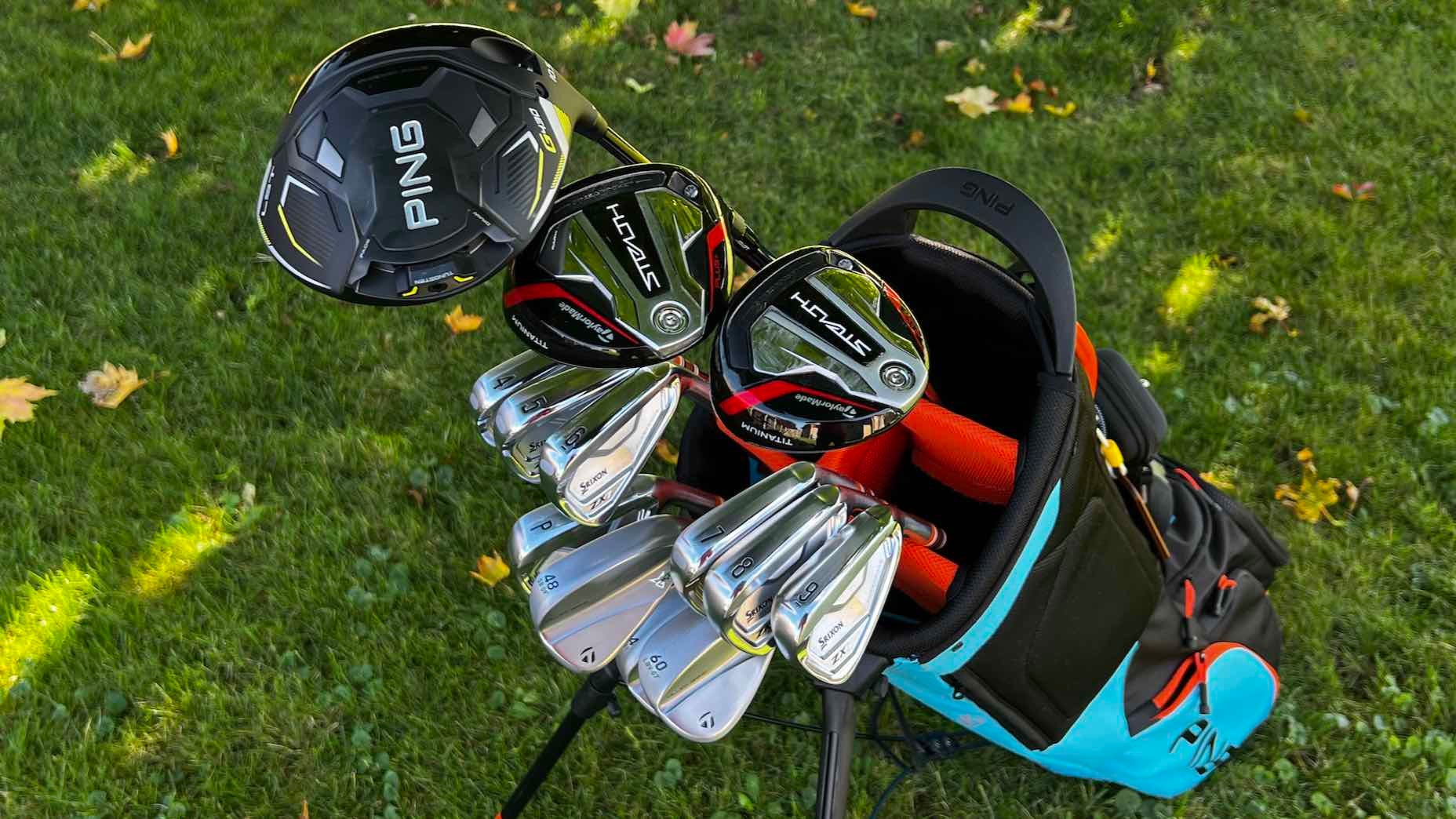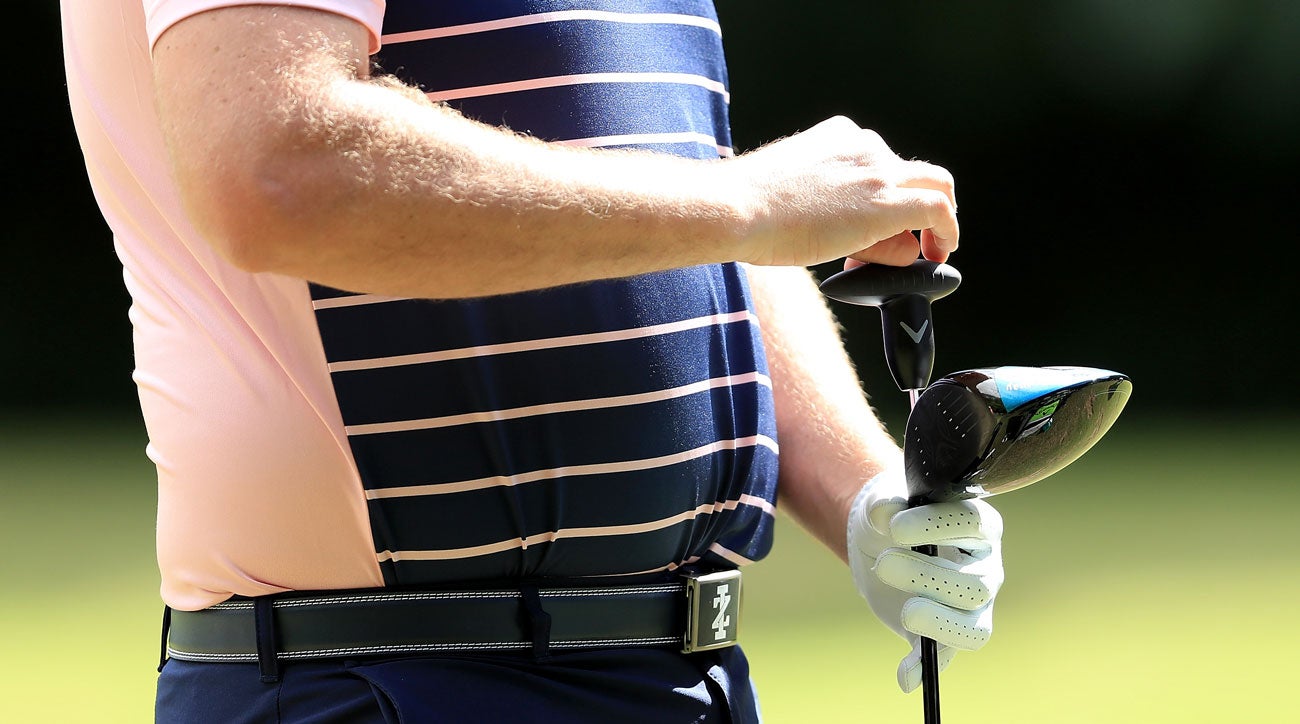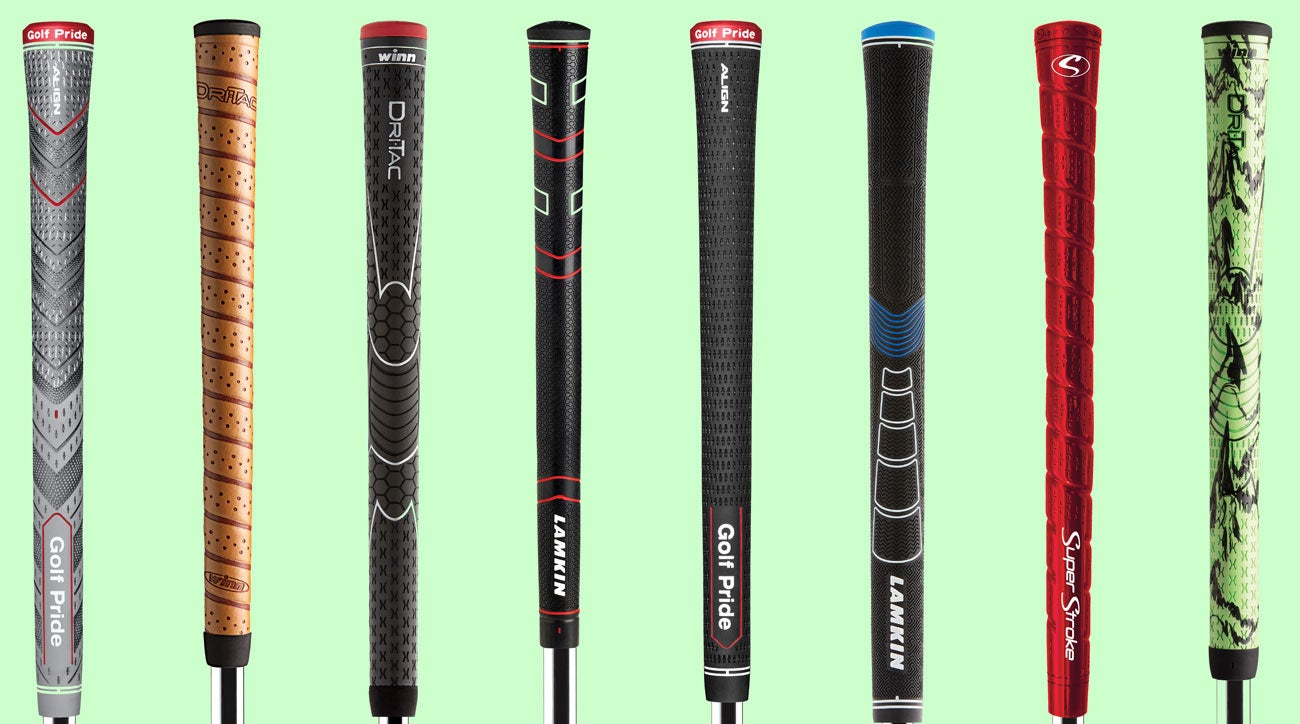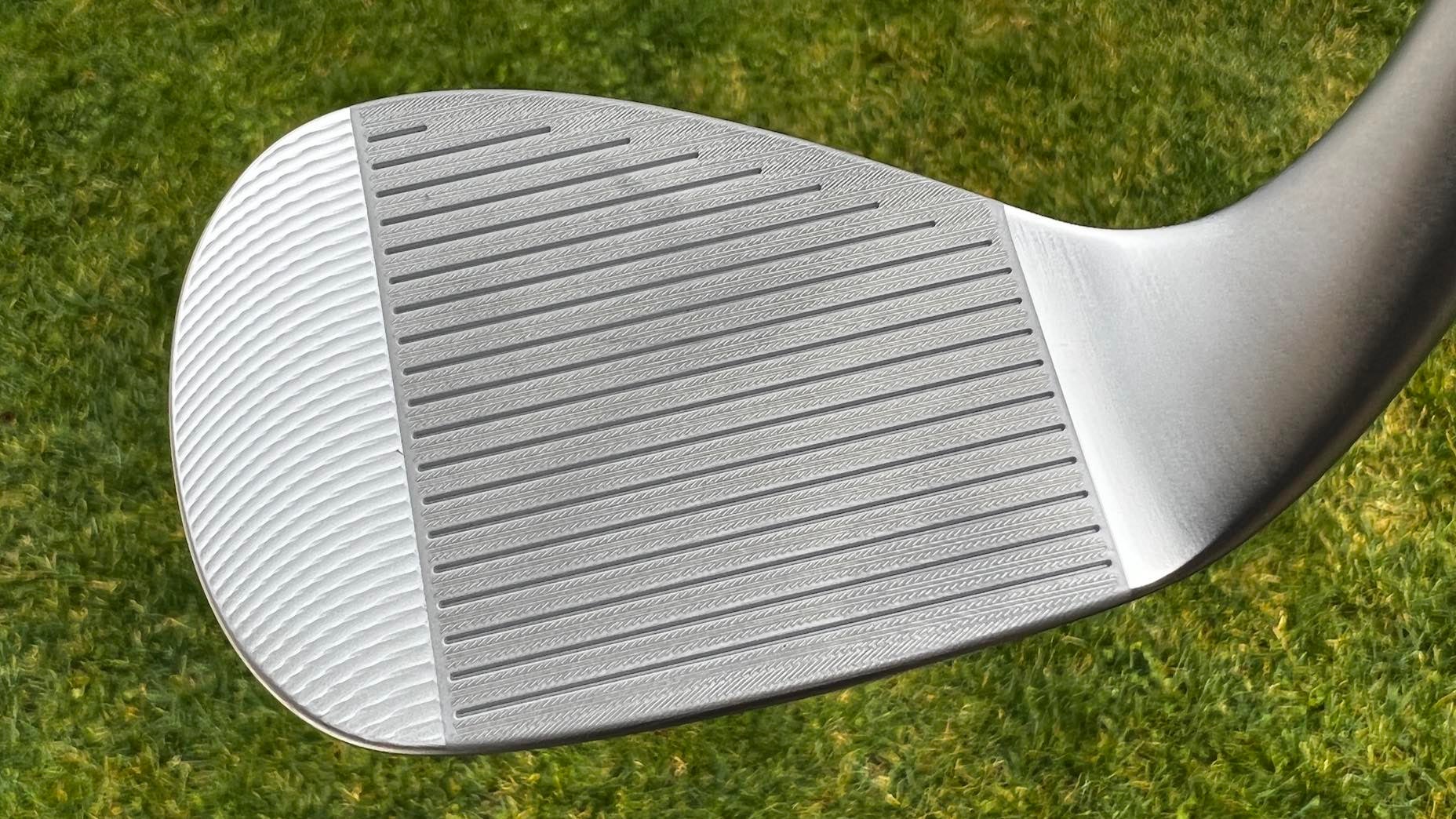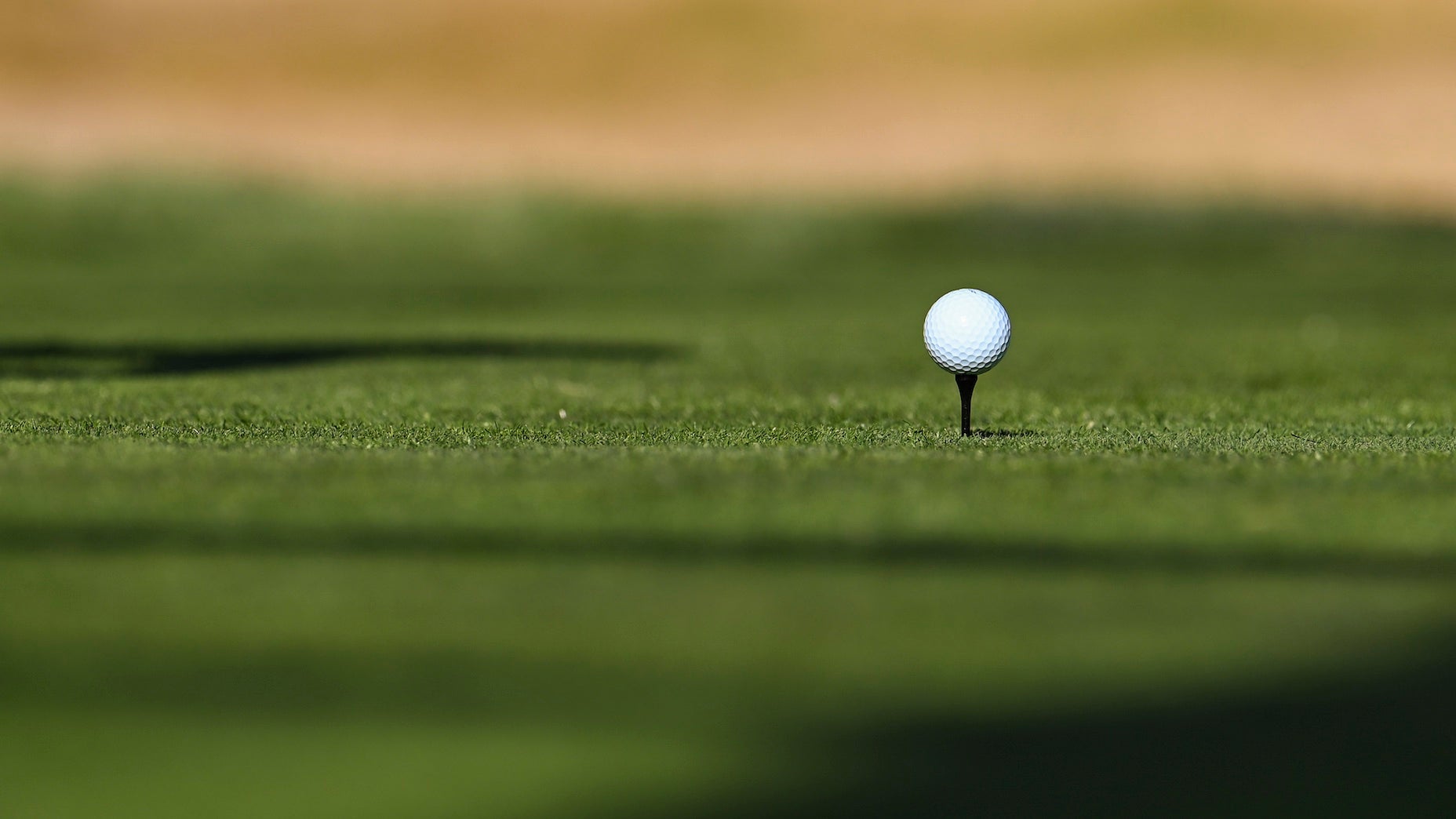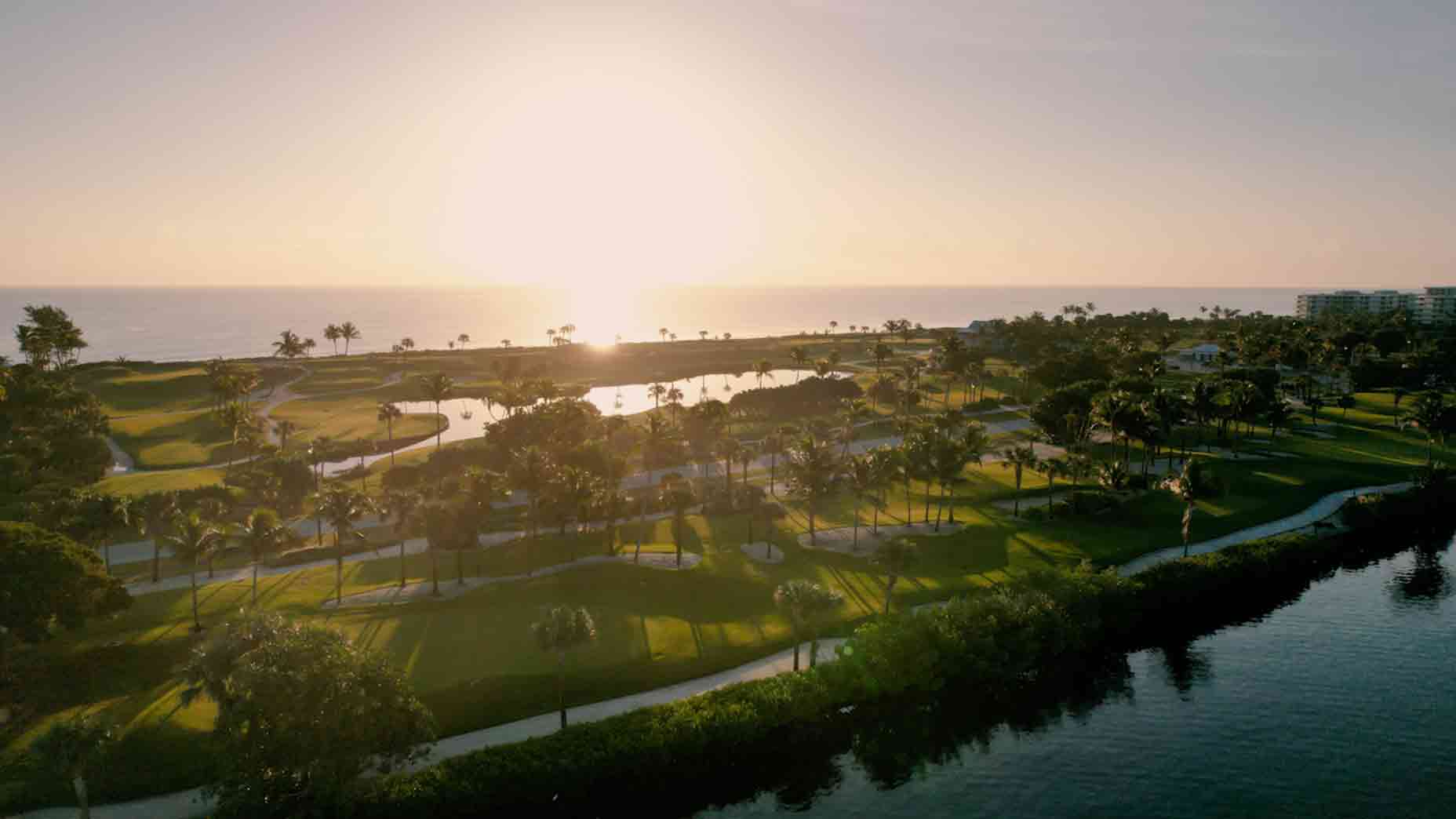Is it better to miss toward the heel or the toe when hitting a driver? – Anna M., Florida
Anna, we probably don’t need to tell you that the best place to make contact is in the center of the face. It’s the spot known as the center of gravity (CG), or sweet spot as most folks call it. Hit the ball here and you’re destined for the highest transfer of energy into the ball and for the most part, the greatest likelihood you’ll hit a further and straighter tee shot.
Your question is astute, because it indicates that you understand that golf is a game of misses — and what matters most is how penal your misses are. Of course we’d all like to hit the sweet spot every time, but we’re human beings. Even the best players miss the sweet spot (sometimes quite often), but when they miss, they tend to hit bad shots that aren’t quite as ugly as some of our shots. This is because they not only know how to hit solid shots, they know the right way to miss as well.
Gear Questions You’re Afraid to Ask: Why does one putter feel better than another?By: Ryan Noll
Which brings us to your question. Most average golfers not only miss toward the toe with the driver, they also hit it higher on the toe. If they occasionally miss on the heel, it’s on the lower side. Equipment manufacturers know this, and often design their driver clubheads to help add more forgiveness in those two areas.
However, it’s important to understand that there’s only so much OEMs can do in the limited amount of space toward the heel when compared to the added room there is to work with out toward the toe. Having said that, generally we’ve seen that high toe strikes yield better results than do low heel strikes—both in distance and shot dispersion. High toe shots happen to be where better players tend to miss as well.
Remember that gear effect comes into play when you miss the sweet spot. Which means when you miss towards the toe the face bends back and impacts draw spin on the ball. And when you miss on the heel, the heel bends back imparting fade spin on the ball. Furthermore, when you miss higher on the face you can expect less spin and when you hit lower on the face they’ll be added spin. This is why it’s so important to know where you’re missing, because it’s very possible you could make the same swing twice and hit the face in two different places and generate completely different ball flights.
Gear Questions You’re Afraid to Ask: Should I stick with one type of golf ball?By: Ryan Noll
I alluded earlier that better players know the right way to miss, and sometimes they do it on purpose. It’s not uncommon to see a player strike the ball off the upper region of the face to produce a higher-launching drive with less spin. It’s plausible that this type of hit generates a slower ballspeed, but the higher-launch-with-less-spin ballflight sometimes produces a straighter and longer drive than one that has more speed with slightly lower launch and higher spin rate off the sweet spot.
If you’re finding that you either hit it on the toe or heel, your issue can sometimes be easily solved with a quick turn of a torque wrench. For example, drivers like Srixon’s ZX5 and ZX7 both have a 12-click adjustable hosel that affects not only loft and face angle, but lie angle as well. If you’re heel-hitting it, try using a setting that has a flatter lie setting. If you strike the toe more often, consider a setting that is a bit more upright/standard.
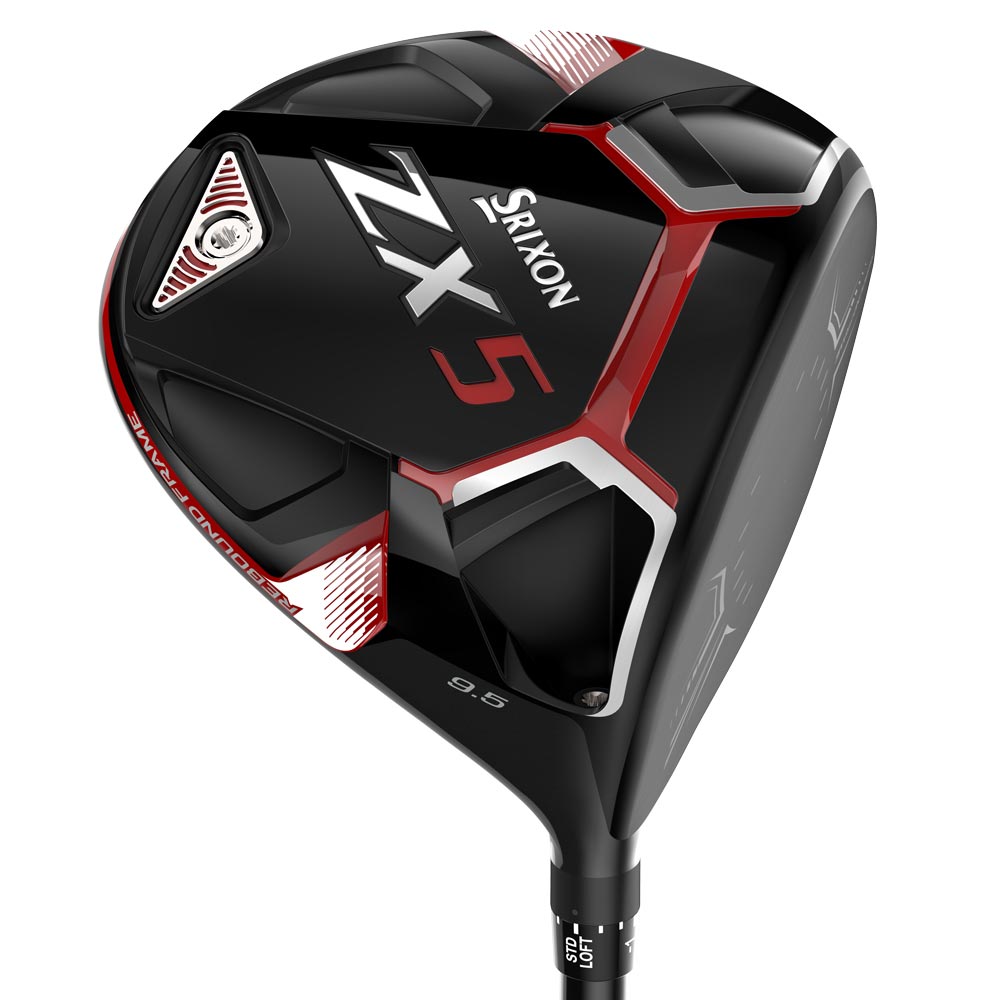
Srixon ZX5 driver
If you’re unsure where your mishits are coming from on the clubface, try using some foot powder spray and dust the face of your club between shots when you practice. This isn’t something you can do during a round, but when practicing, it’s a simple and very effective way to see very clearly where you’re missing on the clubface and might help you better understand why you’re hitting a draw or a fade. Better yet, the powder is easy to clean off, leaving little to no residue come time to tee it up and play your next round.
Want to overhaul your own bag? Visit the expert fitters at affiliate partner, True Spec Golf. For more on the latest gear news, check out our latest Fully Equipped podcast below.
